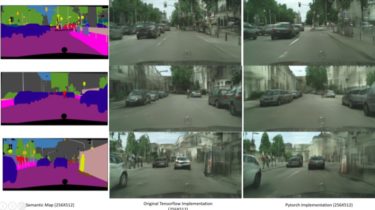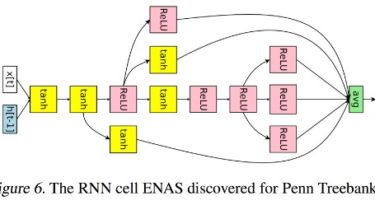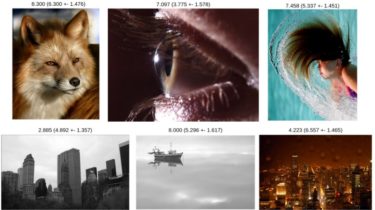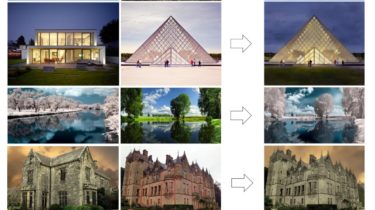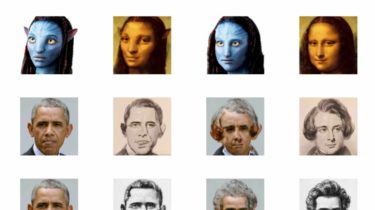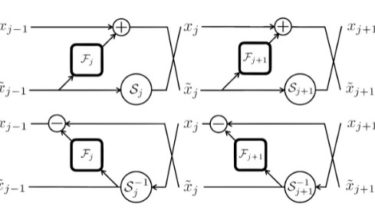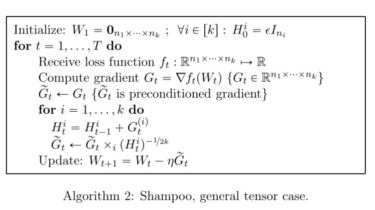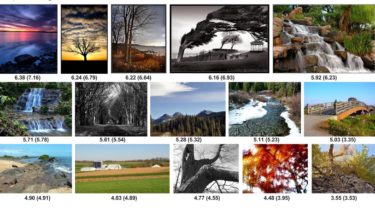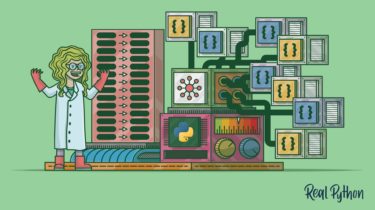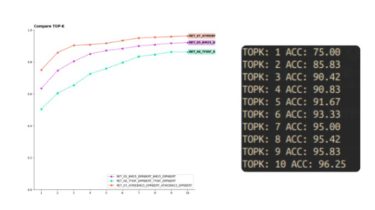Photographic Image Synthesis with Cascaded Refinement Networks-Pytorch
Photographic Image Synthesis with Cascaded Refinement Networks-Pytorch This is a Pytorch implementation of cascaded refinement networks to synthesize photographic images from semantic layouts. Now the pretrained model and codes for training the network from scratch are available for 256×512 resolution. Thanks to Qifeng Chen for his tensorflow implementation which helped a lot in developing this pytorch version. Testing Download this package and keep all the subsequent mentioned files in the same folder. Download the pretrained VGG19 Net from VGG19 Download […]
Read more